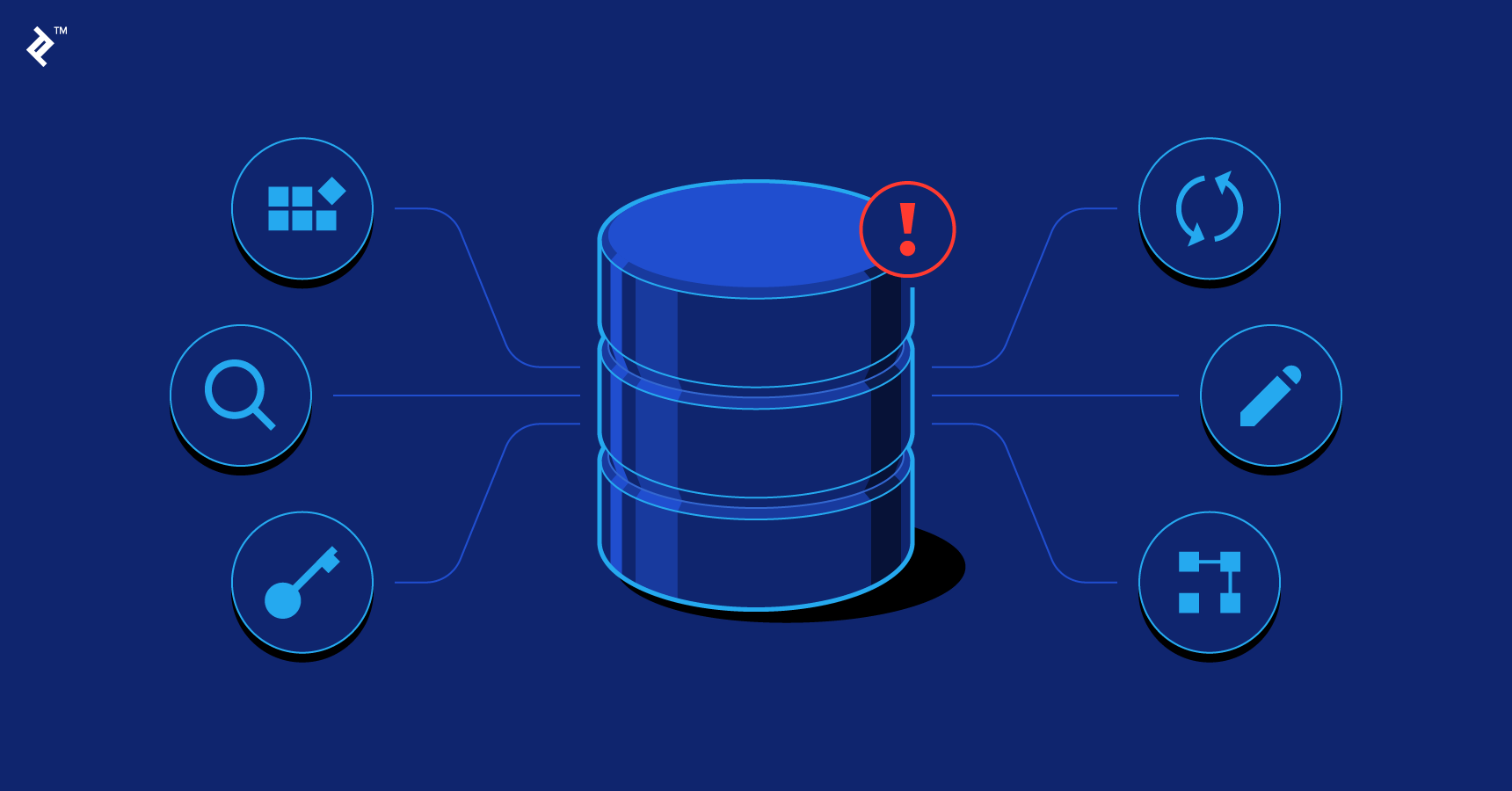This article discusses the benefits of using separate databases for read and write operations in software applications. By segregating reads and writes, each database can be tuned to its specific role, enhancing performance, scalability, and fault tolerance. Additionally, using distinct databases can simplify application code and make it more maintainable. The article also introduces the CQRS (Command-Query Responsibility Segregation) design pattern, which suggests using two separate databases, one for handling commands and another for handling queries. While implementing CQRS can be challenging, it offers advantages in performance, scalability, and maintainability. However, it also requires handling the synchronization of data between the two databases to ensure eventual consistency.
As software engineers, we're always striving to improve our applications and systems. One technique that can be easily overlooked is the use of separate databases for read and write operations. Utilizing separate databases can provide a multitude of advantages.
Firstly, it enables the optimization of database performance. By segregating reads and writes, you can tune each database to their specific role and avoid conflicts between them.
Secondly, it can enhance scalability. By implementing separate read and write databases, you can scale each database independently. This is particularly advantageous in situations where the application experiences high read traffic, but low write traffic, or vice versa.
Moreover, separate read and write databases can improve fault tolerance. In the event of an outage, you can redirect reads to a read replica database while restoring the write database. This can minimize downtime and ensure that the application remains accessible to users.
Lastly, having distinct databases can simplify your application code. You can use different database technologies for reading and writing databases or even use different schema designs to optimize each for its purpose. This can make your code more understandable and maintainable.
These benefits hold true whether you're using the same database technology or running in a polyglot persistence environment. However, one significant disadvantage is an increase in operational complexity, as it requires maintaining multiple data stores, synchronizing data between them, and considering eventual consistency.
CQRS Database design pattern
CQRS stands for Command-Query Responsibility Segregation, and it is a design pattern that suggests separating the part of an application that performs updates (commands) from the part that reads data (queries). In CQRS, there are typically two separate databases: one for handling commands (write database), and another for handling queries (read database).
The write database stores the transactional data, which is used to update the system's state, and is optimized for fast writes. It typically uses a traditional relational database schema and is designed for consistency, accuracy, and data integrity.
On the other hand, the read database is optimized for fast read operations, and its data is denormalized to suit the specific query needs. It uses a NoSQL or document-based database, and is designed for scalability, flexibility, and high performance.
The idea behind CQRS is to avoid the limitations of using a single database for both reads and writes, and to optimize each database for its specific task. This separation of responsibilities can improve performance, scalability, and maintainability.
Implementing CQRS can be challenging as it requires handling the synchronization of data between the two databases. The write database needs to notify the read database when new data is available, and there needs to be a mechanism to ensure eventual consistency between the two databases.


